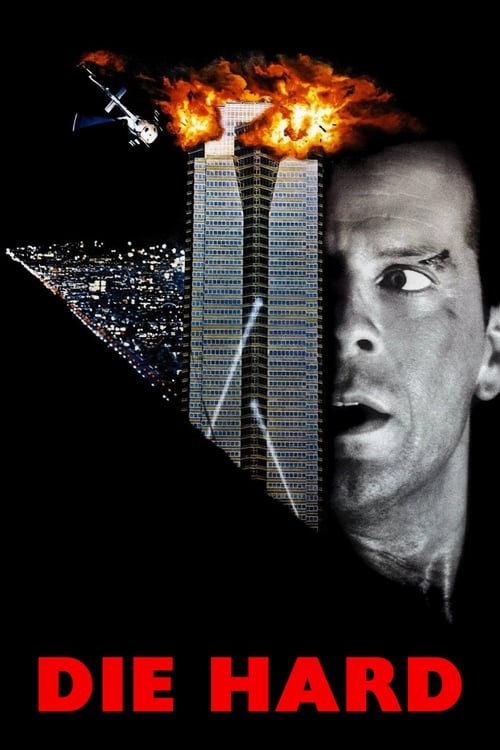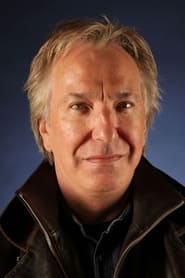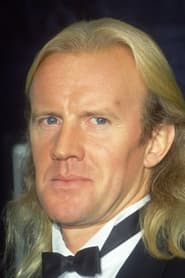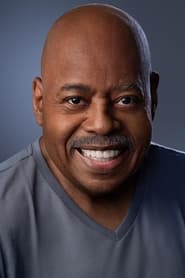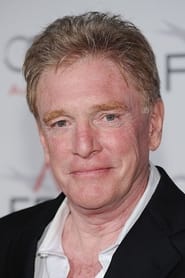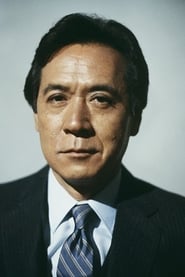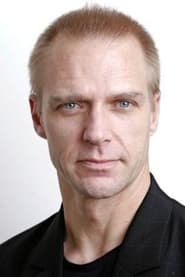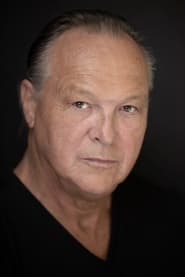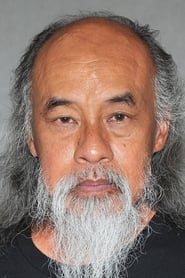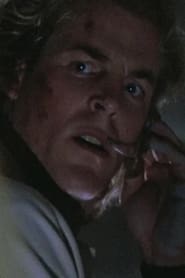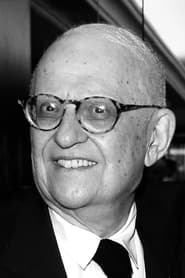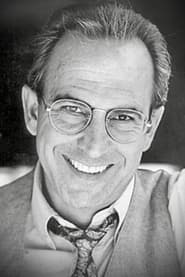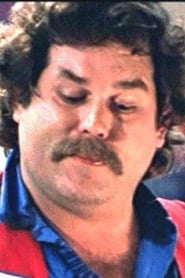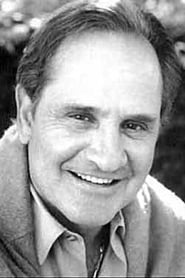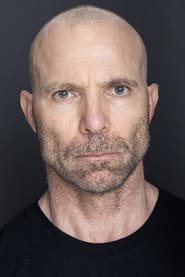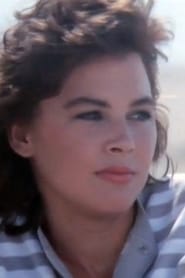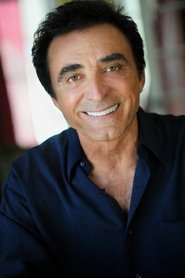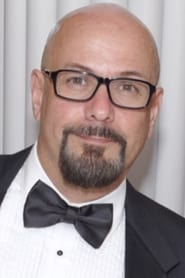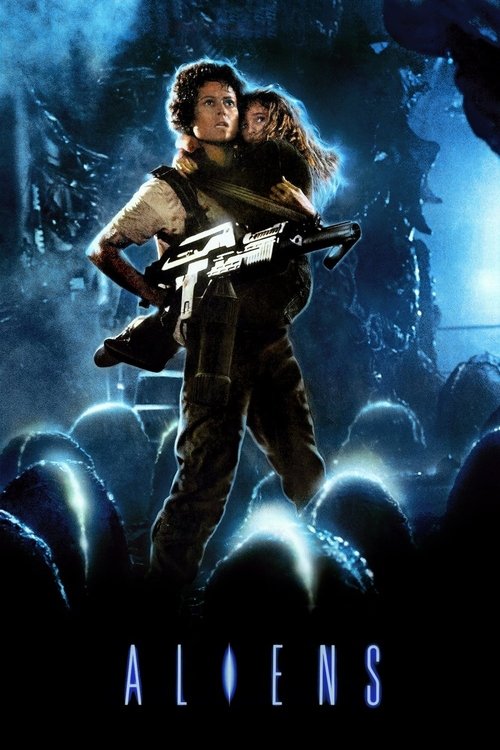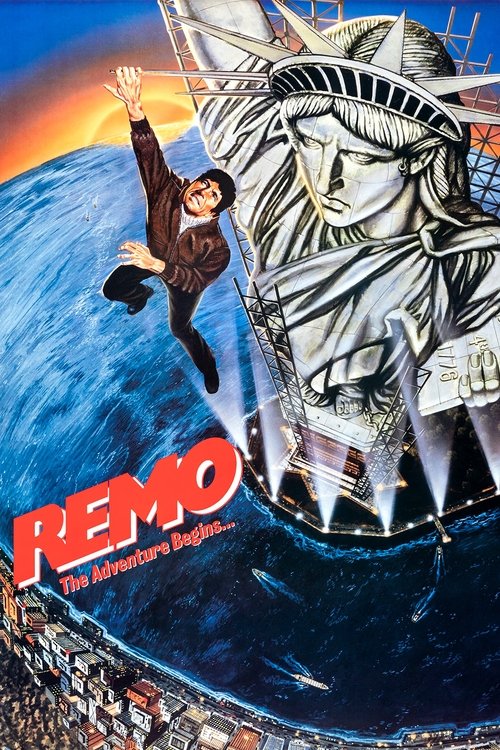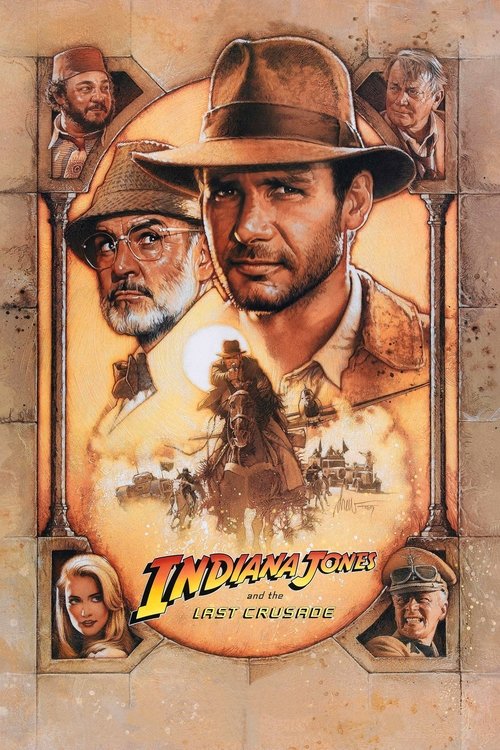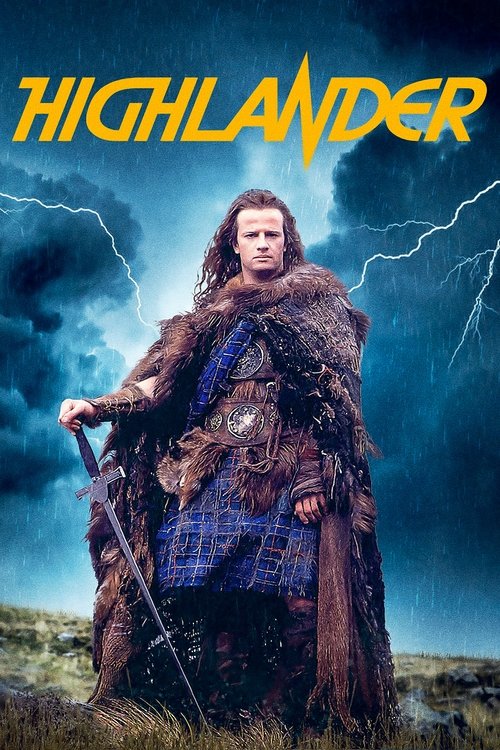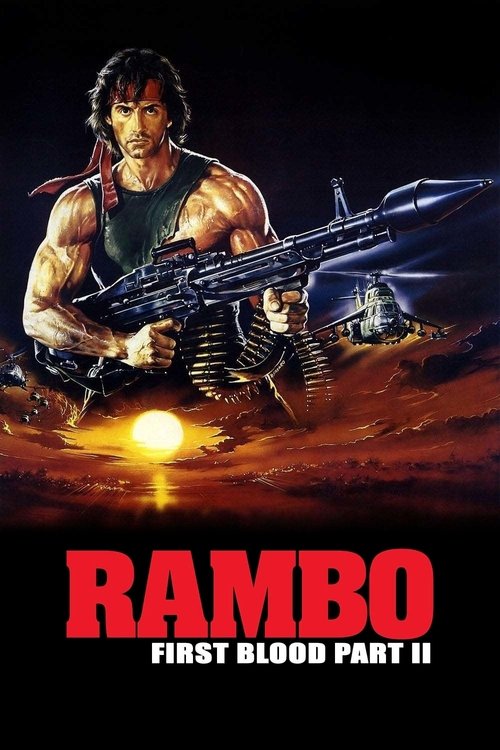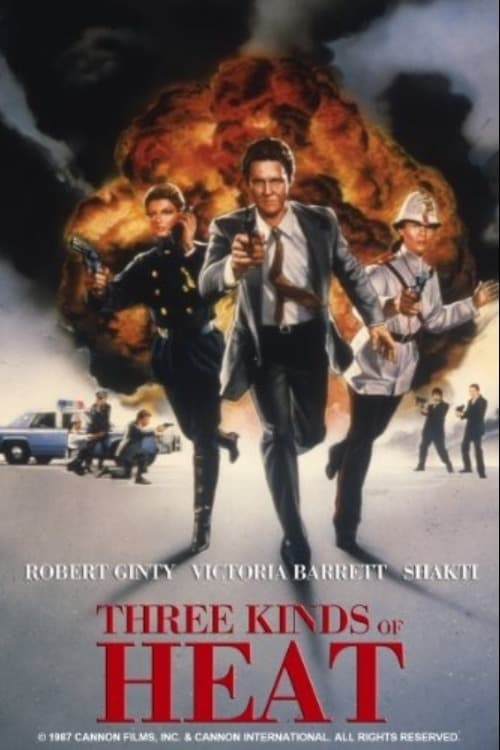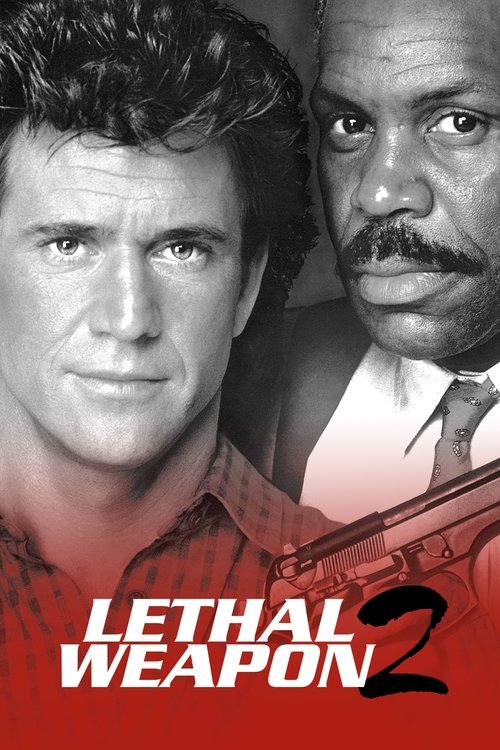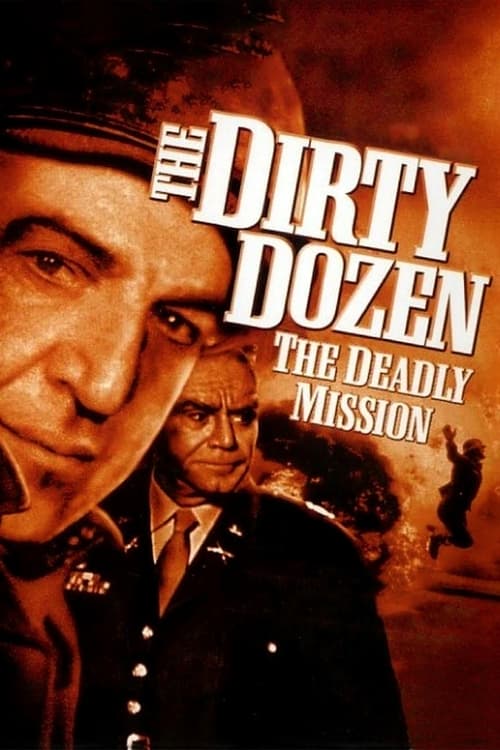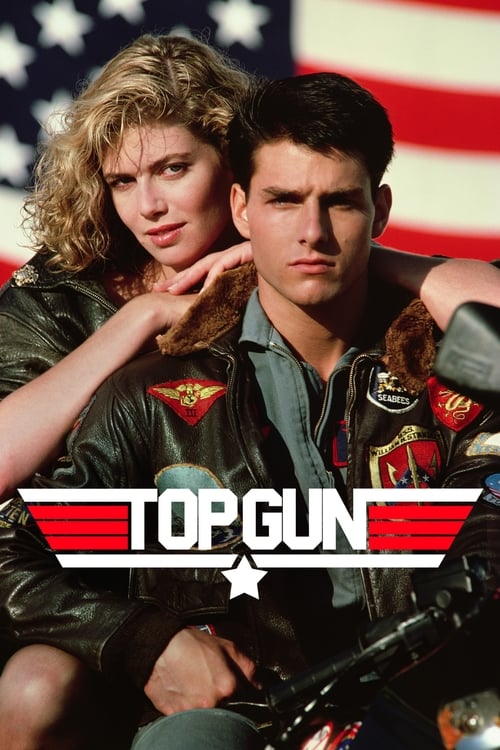
Ask Your Own Question
What is the plot?
On Christmas Eve, December 24, 1988, the Los Angeles skyline glows with festive lights as a weary John McClane, a New York City police detective, sits aboard a transcontinental flight from New York to Los Angeles. The cabin hums with the low drone of engines, but McClane is tense, gripping the armrests as the plane descends. A fellow passenger notices his anxiety and offers a friendly word, but McClane brushes it off with a forced smile. He's not just nervous about flying--he's nervous about what awaits him on the ground. He's come to Los Angeles to reconcile with his estranged wife, Holly Gennaro McClane, who has built a successful career as an executive at the Nakatomi Corporation. The reunion is supposed to be a fresh start, but McClane's heart is heavy with doubt.
The plane touches down at Los Angeles International Airport. McClane collects his luggage and steps into the warm California night. He's met by a limousine driver named Argyle, who cheerfully introduces himself and offers to drive McClane to Nakatomi Plaza, the towering 40-story skyscraper where Holly is attending the company's annual Christmas party. As they speed through the city, McClane stares out the window, his mind racing with anticipation and apprehension.
At Nakatomi Plaza, the party is in full swing. The 30th floor is alive with laughter, music, and the clinking of glasses. Holly, elegant and poised, is surrounded by colleagues, including Joseph Takagi, the company's senior executive. McClane arrives, his presence a surprise to Holly, who greets him with a mix of warmth and guardedness. Their reunion is awkward, filled with unspoken tension. McClane, feeling out of place among the corporate elite, excuses himself to change into a suit in a bathroom on the 30th floor.
As McClane stands in front of the mirror, adjusting his tie, the building's festive atmosphere is shattered. The lights flicker, and the sound of gunfire echoes through the halls. McClane rushes out to find chaos unfolding. Armed men in black tactical gear are storming the building, herding partygoers at gunpoint. The leader, a tall, impeccably dressed man with a calm, commanding presence, steps forward. His name is Hans Gruber, and he introduces himself to the hostages as a revolutionary fighting against corporate greed. But his words are a lie. Gruber is not a terrorist--he's a mastermind orchestrating a heist.
Gruber gathers the hostages in the main conference room, including Holly and Joseph Takagi. He demands the security code to the company's vault, where $640 million in bearer bonds are stored. Takagi, defiant, refuses to cooperate. Gruber, with chilling calm, shoots Takagi point-blank, sending a wave of terror through the room. McClane, who has been hiding in the shadows, witnesses the murder and realizes the true nature of the threat. These men are not here for ideology--they're here for money.
McClane slips away, moving through the building's service corridors and ventilation shafts. He's alone, unarmed, and outnumbered, but he's a cop, and he knows how to survive. He finds a discarded radio and uses it to contact the outside world. On the other end is Sergeant Al Powell, an LAPD officer who responds to McClane's frantic call. Powell is skeptical at first, but McClane's urgency convinces him. The two form an uneasy alliance, with Powell serving as McClane's lifeline to the outside.
Gruber, meanwhile, begins to execute his plan. He assigns his men to secure the building and search for McClane, whom he suspects is still inside. One of Gruber's henchmen, Tony, is sent to hunt down the intruder. McClane, armed only with his wits, ambushes Tony in a darkened hallway. The two engage in a brutal firefight, and McClane emerges victorious, taking Tony's weapon and radio. He writes a message on Tony's sweater: "Now I have a machine gun. Ho-ho-ho." It's a taunt, a declaration of war.
McClane's guerrilla tactics begin to disrupt Gruber's operation. He uses the building's layout to his advantage, launching surprise attacks and picking off terrorists one by one. He discovers a cache of C-4 explosives and detonators, which he uses to sabotage the terrorists' control. In one daring move, he drops a makeshift bomb down an elevator shaft, causing a massive explosion that kills several of Gruber's men and throws the remaining terrorists into disarray.
Powell, who has arrived at the scene with backup, is initially skeptical of McClane's claims. But when McClane drops a terrorist's body onto Powell's car, the reality of the situation becomes undeniable. Powell calls for reinforcements, and LAPD Deputy Chief Dwayne T. Robinson arrives with a SWAT team. But Gruber is always one step ahead, and the police's efforts are largely ineffective.
As the night wears on, McClane's situation grows more desperate. He's wounded, exhausted, and running out of options. Gruber, meanwhile, tightens his grip on the hostages. He reveals his true plan: to steal the bearer bonds and escape with his men. He uses the hostages as leverage, threatening to kill them if his demands are not met. McClane, determined to save Holly and the others, continues his one-man war against the terrorists.
Gruber's men begin to turn on each other as the pressure mounts. One of Gruber's henchmen, Karl, is particularly ruthless, hunting McClane with a personal vendetta. The two engage in a brutal confrontation, and McClane manages to defeat Karl, leaving him for dead. Another henchman, Theo, is tasked with hacking into the building's security system. But McClane's limo driver, Argyle, who has been monitoring the situation from the parking garage, intervenes and knocks Theo unconscious.
The tension reaches a boiling point as Gruber prepares to execute his final escape plan. He takes the hostages to the rooftop, where a helicopter is waiting to whisk them away. McClane, realizing the danger, races to the roof. He manages to drive the hostages off the roof just before Gruber detonates explosives, destroying the roof and the approaching FBI helicopters. The explosion is massive, sending debris raining down on the city.
Inside the building, McClane confronts Gruber and his last remaining henchman. The two men are battered and bloodied, but neither is willing to surrender. Gruber, holding Holly hostage, demands that McClane give up. McClane, feigning surrender, tapes a concealed pistol to his back. When Gruber is about to shoot him, McClane grabs the gun and fires, wounding Gruber and killing his accomplice. Gruber, desperate, crashes through a window but grabs onto Holly's wristwatch. In a final, desperate attempt to kill them both, Gruber clings to the watch. McClane, realizing the only way to save Holly is to let Gruber fall, unclasps the watch. Gruber plummets to his death, his grip on Holly's independence finally broken.
Outside, McClane and Holly are reunited. The ordeal has taken its toll, but their bond is stronger than ever. The police and emergency services swarm the building, securing the survivors and recovering the stolen bonds. McClane, battered and bruised, stands with Holly, their relationship restored after the harrowing night.
The film ends with McClane and Holly embracing, their future uncertain but filled with hope. The city lights twinkle in the distance, a symbol of resilience and the enduring power of love. The nightmare is over, but the memory of that Christmas Eve will stay with them forever.
More Movies Like This
Browse All Movies →What is the ending?
At the end of Die Hard, John McClane defeats the terrorists, rescues the hostages, and reunites with his estranged wife, Holly. The film concludes with the police arriving, and McClane and Holly share a moment of relief and reconciliation.
As the climax of Die Hard unfolds, the tension reaches its peak in the Nakatomi Plaza. John McClane, having outsmarted the terrorists led by Hans Gruber, finds himself in a final confrontation. After a fierce battle, McClane manages to kill several of the terrorists, including the ruthless Karl, who has been seeking revenge for his brother's death.
In a pivotal moment, McClane uses his resourcefulness to create a distraction. He sets off explosives in the building, which draws the attention of the remaining terrorists. As chaos ensues, McClane confronts Hans Gruber, who is holding Holly hostage. The two engage in a tense standoff on the rooftop, where Gruber threatens to drop Holly from the building.
In a desperate move, McClane cleverly uses a gun taped to his back to shoot Gruber, who falls to his death from the building. With Gruber defeated, McClane rushes to free the remaining hostages, including Holly, who is shaken but unharmed.
As the police, led by Sergeant Al Powell, finally arrive, they are met with the sight of McClane emerging from the building, bloodied but triumphant. The hostages are freed, and the police begin to secure the area. McClane and Powell share a moment of camaraderie, acknowledging the danger they faced together.
In the final scenes, McClane and Holly reunite, their relationship having been tested throughout the ordeal. They embrace, and the emotional weight of their estrangement begins to lift. The film closes with the two of them walking away together, symbolizing a new beginning for their marriage amidst the chaos that has just unfolded.
The fate of the main characters is as follows: John McClane emerges as a hero, having saved the hostages and reconciled with his wife. Holly Gennaro, though traumatized, is safe and has a renewed connection with McClane. Hans Gruber meets his end, falling to his death, while Karl, his brother, is also killed in the conflict. Al Powell, the police officer, finds a sense of purpose and camaraderie through his interactions with McClane, having overcome his own fears. The film concludes with a sense of resolution, highlighting themes of resilience, family, and the fight against adversity.
Is there a post-credit scene?
Die Hard, produced in 1988, does not have a post-credit scene. The film concludes with John McClane, played by Bruce Willis, having successfully thwarted the terrorist plot led by Hans Gruber, portrayed by Alan Rickman. After a tense and action-packed climax, McClane reunites with his estranged wife, Holly Gennero, played by Bonnie Bedelia, as they embrace amidst the chaos of the Nakatomi Plaza. The film ends on a note of resolution and hope, with the couple rekindling their relationship, but there are no additional scenes or credits that follow the main story. The focus remains on the intense action and character development throughout the film, culminating in this emotional reunion.
What motivates John McClane to go to Nakatomi Plaza?
John McClane, a New York City police officer, is motivated to go to Nakatomi Plaza to reconcile with his estranged wife, Holly Gennero, who is attending a Christmas party there. He hopes to reconnect with her and mend their troubled relationship.
How does Hans Gruber plan to execute his heist at Nakatomi Plaza?
Hans Gruber, the leader of the terrorist group, plans to execute his heist by taking the employees of Nakatomi Corporation hostage during the Christmas party. He intends to steal $640 million in bearer bonds from the building's vault, using the hostages as leverage against the police.
What is the significance of the 'Now I have a machine gun. Ho-ho-ho' line?
The line 'Now I have a machine gun. Ho-ho-ho' is significant as it showcases Hans Gruber's cold and mocking demeanor. After killing a hostage, he uses the phrase to taunt the police and demonstrate his control over the situation, highlighting the dark humor that permeates the film.
How does John McClane manage to communicate with the outside world during the hostage situation?
John McClane manages to communicate with the outside world by using a walkie-talkie he finds on one of the terrorists. He establishes contact with Sergeant Al Powell, a police officer outside the building, who becomes his ally and provides crucial support throughout the crisis.
What is the relationship between John McClane and Al Powell?
The relationship between John McClane and Al Powell develops from a distant, professional connection to a supportive friendship. Al, initially just a responding officer, becomes McClane's lifeline and confidant, providing him with information and encouragement, which helps McClane navigate the dangerous situation inside Nakatomi Plaza.
Is this family friendly?
"Die Hard," produced in 1988, is not considered family-friendly due to its intense action and mature themes. Here are some potentially objectionable or upsetting aspects that might occur for children or sensitive viewers:
-
Violence: The film features numerous scenes of gunfire, explosions, and physical confrontations, including bloodshed and injuries.
-
Language: There is frequent use of strong profanity throughout the film, which may not be suitable for younger audiences.
-
Tension and Suspense: The film's high-stakes situations create a sense of fear and anxiety, particularly during hostage scenarios.
-
Death: Characters face life-threatening situations, and there are moments that involve the death of both main and supporting characters.
-
Themes of Terrorism: The plot revolves around a group of terrorists taking hostages, which may be distressing for some viewers.
-
Emotional Strain: The protagonist, John McClane, experiences significant emotional turmoil, including fear for his wife's safety and feelings of isolation.
These elements contribute to the film's rating and overall suitability for younger audiences.

